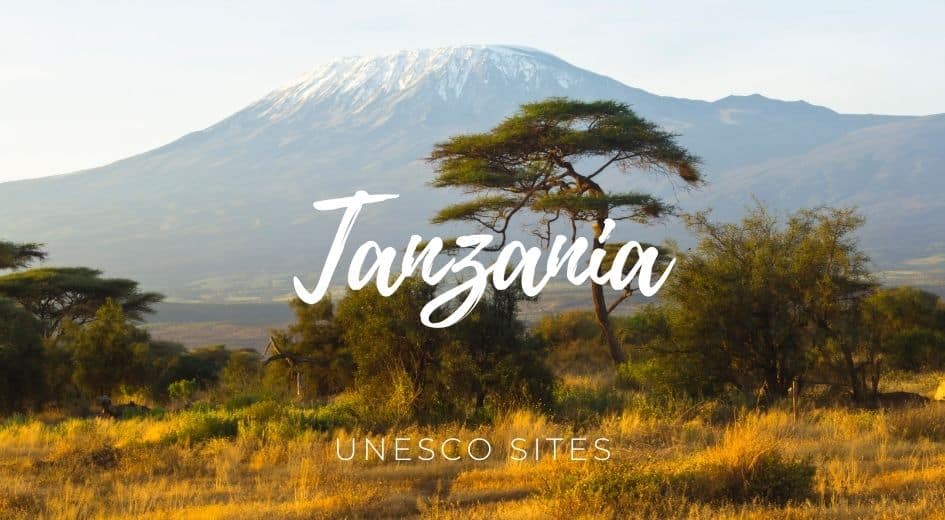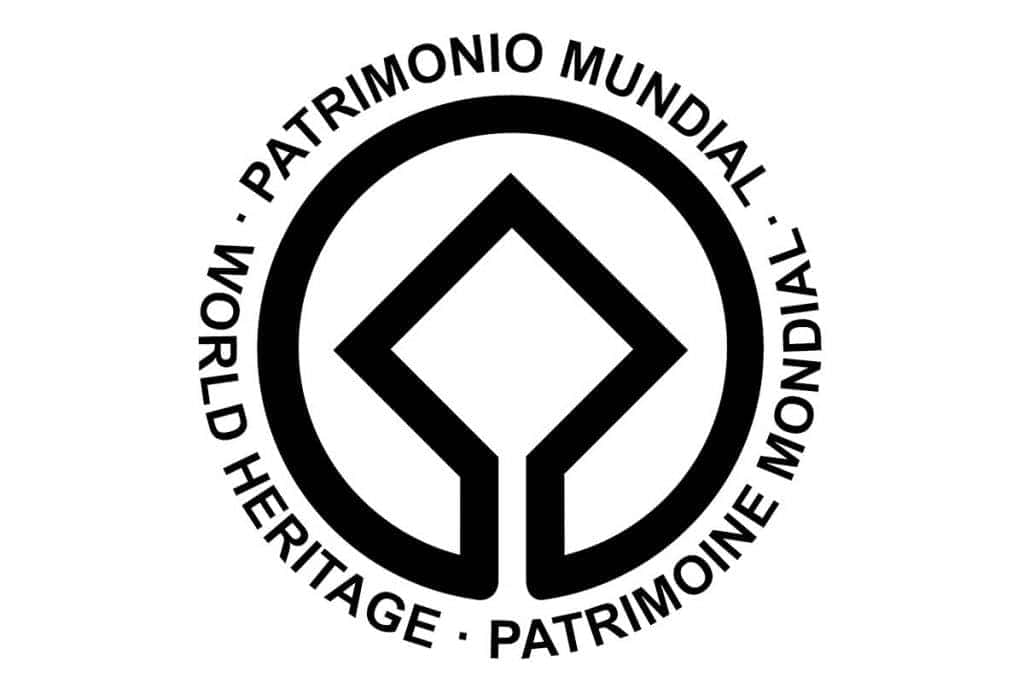Table of Contents


Tanzania UNESCO has registered 7 sites on the World Heritage list and 6 on the tentative list.
Some places are so interesting that it’s relevant to keep them for future generations. This is why UNESCO has built a list of crucial classified properties in which superb places stand out for their aesthetic, natural, artistic, or cultural significance.
More than a thousand places are registered as Unesco’s World Heritage worldwide. Due to my interest in visiting World Heritage sites, I compiled the UNESCO list in Tanzania and the corresponding map.
Tanzania UNESCO list
- Kondoa Rock-Art Sites
- Ruins of Kilwa Kisiwani and Ruins of Songo Mnara
- Stone Town of Zanzibar
- Kilimanjaro National Park
- Selous Game Reserve
- Serengeti National Park
- Ngorongoro Conservation Area (Mixed)
Tanzania UNESCO Map
Click on the blue pins to view more relevant information about each World Heritage site in Tanzania.
Description
- Kondoa Rock-Art Sites is a UNESCO World Heritage Site in Tanzania, known for its unique collection of ancient rock paintings and engravings. The site includes over 150 rock art sites, which date back to the 2nd millennium BCE and provide valuable insights into the cultural practices and beliefs of early humans in East Africa.
- The Ruins of Kilwa Kisiwani and Ruins of Songo Mnara is a UNESCO World Heritage Site on the southern coast of Tanzania. The site includes the ruins of two important Swahili trading cities, which flourished between the 9th and 16th centuries CE. The cities are known for their impressive architecture and historical significance, providing valuable insights into the history and culture of East Africa’s Swahili coast.
- The Stone Town of Zanzibar is a historic city on the island of Zanzibar in Tanzania. It is known for its unique blend of African, Arab, and European influences and impressive architecture and cultural heritage. The town’s labyrinthine narrow streets and sand-colored buildings have been designated a UNESCO World Heritage Site.
- Kilimanjaro National Park is a protected area in northeastern Tanzania known for its stunning natural beauty and cultural significance. The park includes Africa’s highest mountain, Mount Kilimanjaro, as well as a variety of unique ecosystems and wildlife species.
- The Selous Game Reserve is a protected area in southern Tanzania, known for its exceptional biodiversity and unique ecosystems. The reserve is home to various mammals, including elephants, lions, giraffes, and several endemic bird species.
- Serengeti National Park is a protected area in northern Tanzania, known for its iconic wildlife and stunning natural beauty. The park is home to the largest mammal migration in the world and a variety of other large mammal species, such as lions, cheetahs, and elephants.
- The Ngorongoro Conservation Area is a UNESCO World Heritage Site in northern Tanzania. It includes the Ngorongoro Crater, a unique ecosystem home to various mammal species, and several Maasai communities still practicing traditional livestock grazing. The area has been designated a mixed site for its exceptional natural and cultural significance.
UNESCO World Heritage Sites in Tanzania have protected places for their cultural and natural importance.
Sites on the Tentative List
- Oldonyo Murwak
- Gombe National Park
- Jozani – Chwaka Bay Conservation Area
- Eastern Arc Mountains Forests of Tanzania
- The Central Slave and Ivory Trade Route
- Tendaguru Paleontological Site (TPS)


